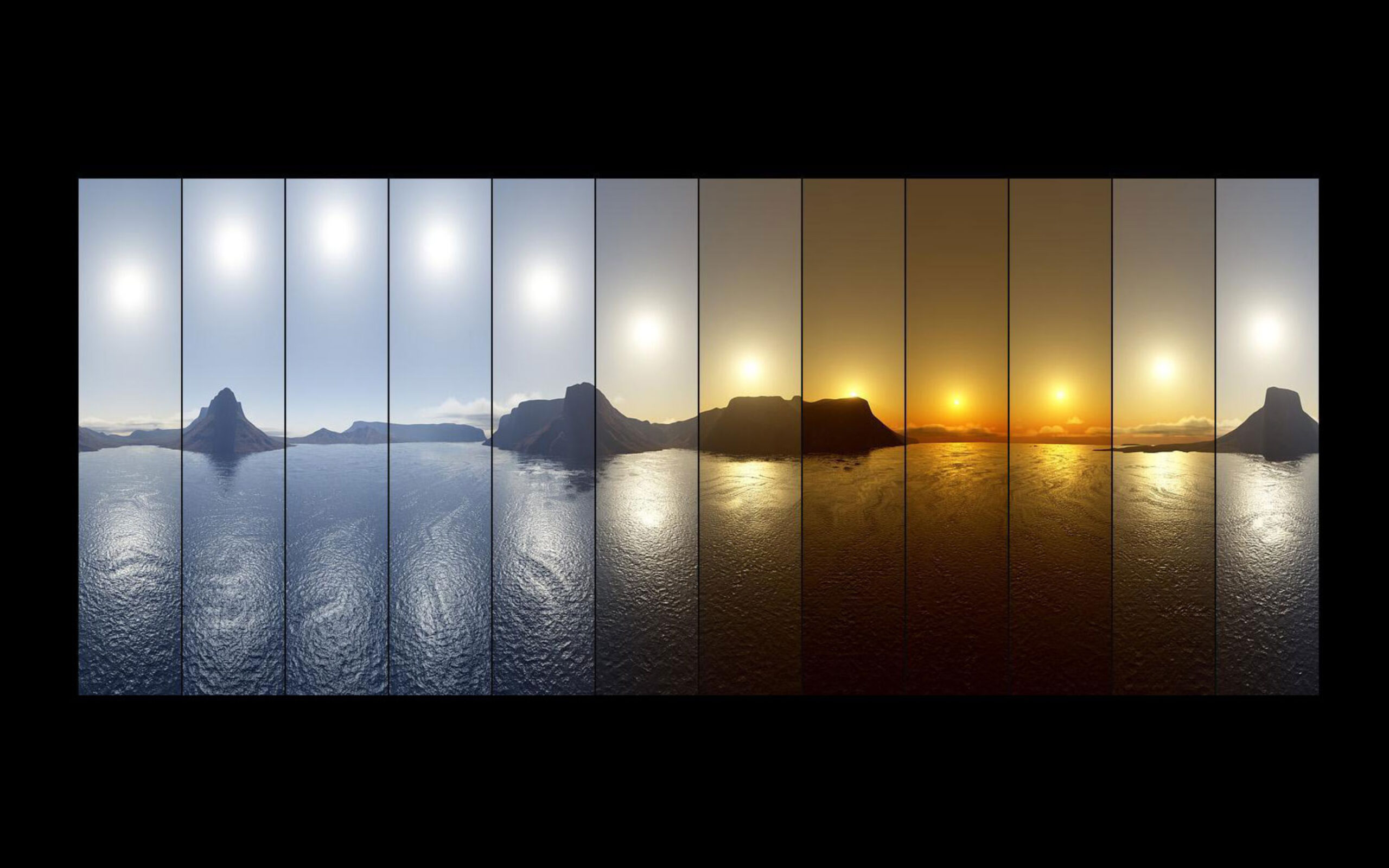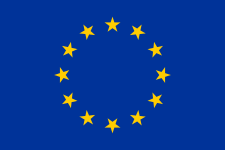The colour temperature a light source is the temperature of an ideal black-body radiator that radiates light of a colour comparable to that of the light source. Colour temperature is a characteristic of visible light that has important applications in lighting, photography, videography, publishing, manufacturing, astrophysics, horticulture, and other fields. In practice, colour temperature is meaningful only for light sources that do in fact correspond somewhat closely to the radiation of some black body, light in a range going from red to orange to yellow to white to blueish white; it does not make sense to speak of the colour temperature of, a green or a purple light. Colour temperature is conventionally expressed in kelvins, using the symbol K, a unit of measure for absolute temperature.
Colour temperatures over 5000 K are called “cool colours” (bluish), while lower colour temperatures (2700–3000 K) are called “warm colours” (yellowish). “Warm” in this context is an analogy to radiated heat flux of traditional incandescent lighting rather than temperature. The spectral peak of warm-coloured light is closer to infrared, and most natural warm-coloured light sources emit significant infrared radiation. The fact that “warm” lighting in this sense actually has a “cooler” colour temperature often leads to confusion.
The CIE 1931 chromaticity space, also showing the chromaticity of black-body light sources of various temperatures, and lines of constant correlated colour temperature.
The colour temperature of a light source is the temperature of an ideal black-body radiator that radiates



 _
_ _
_